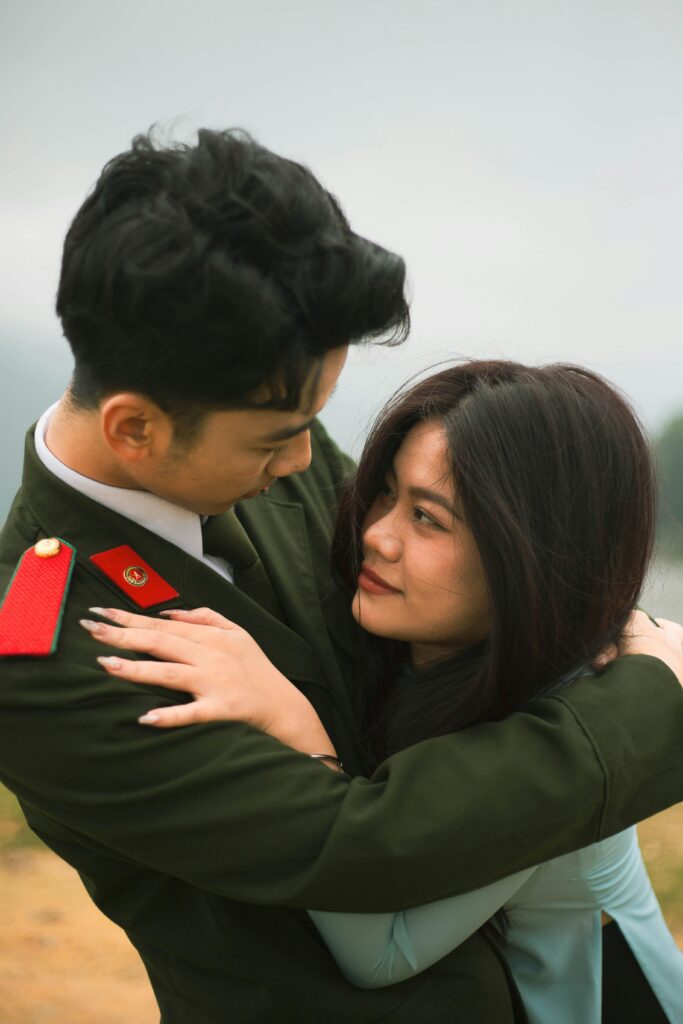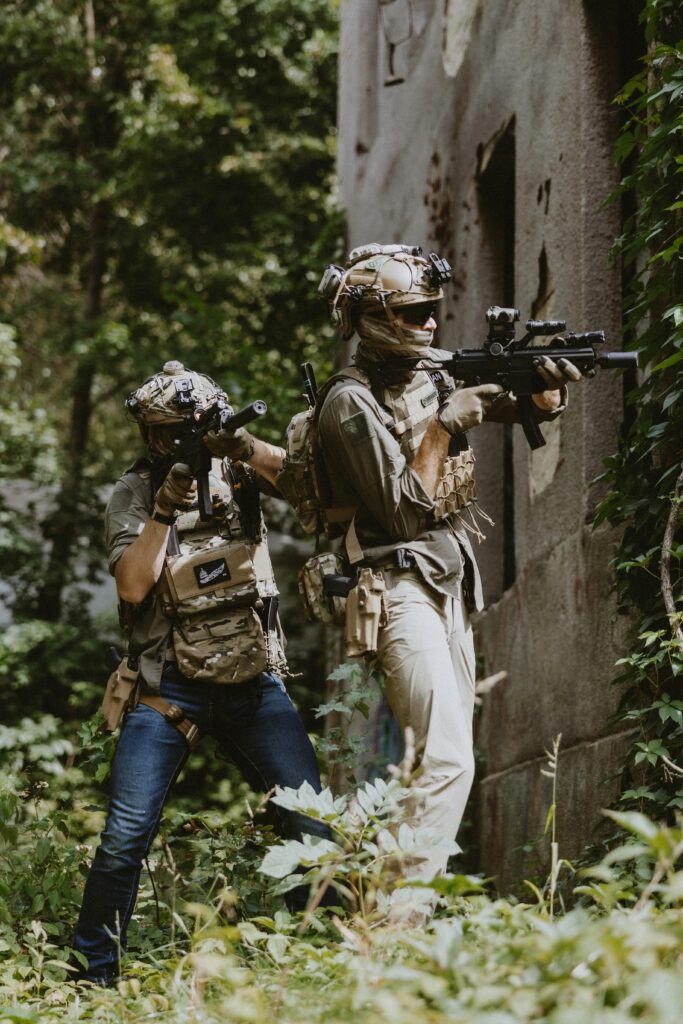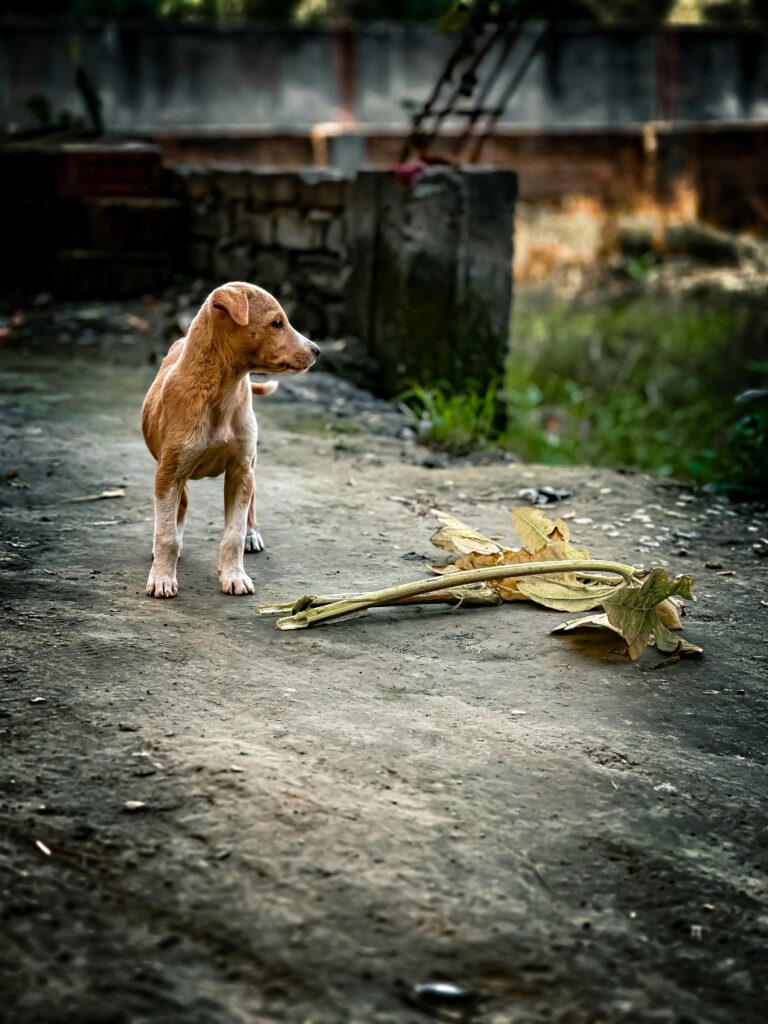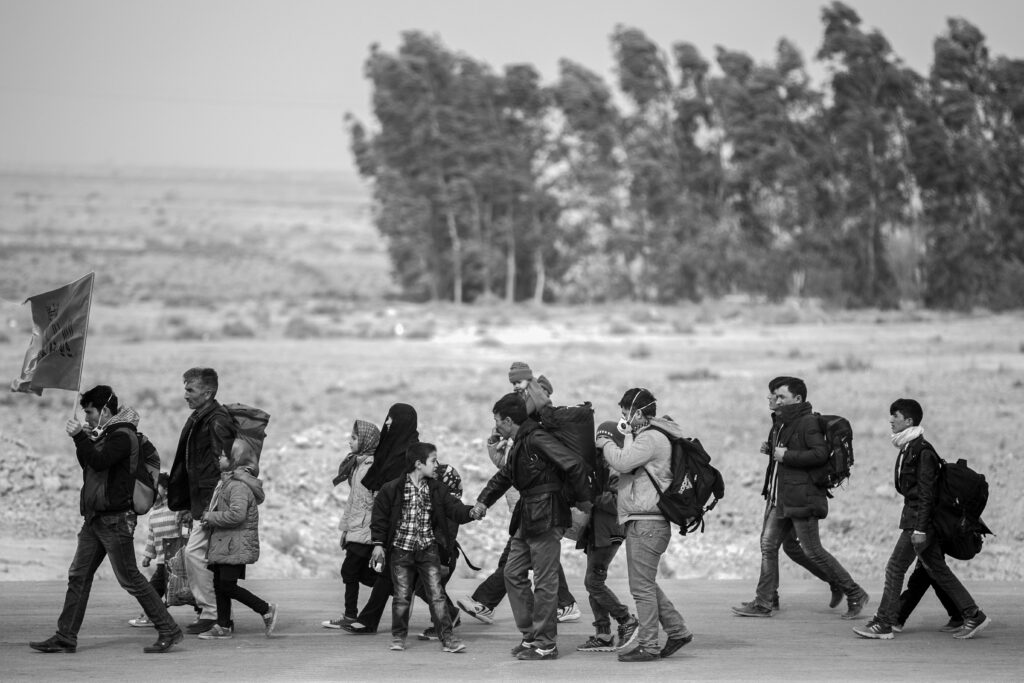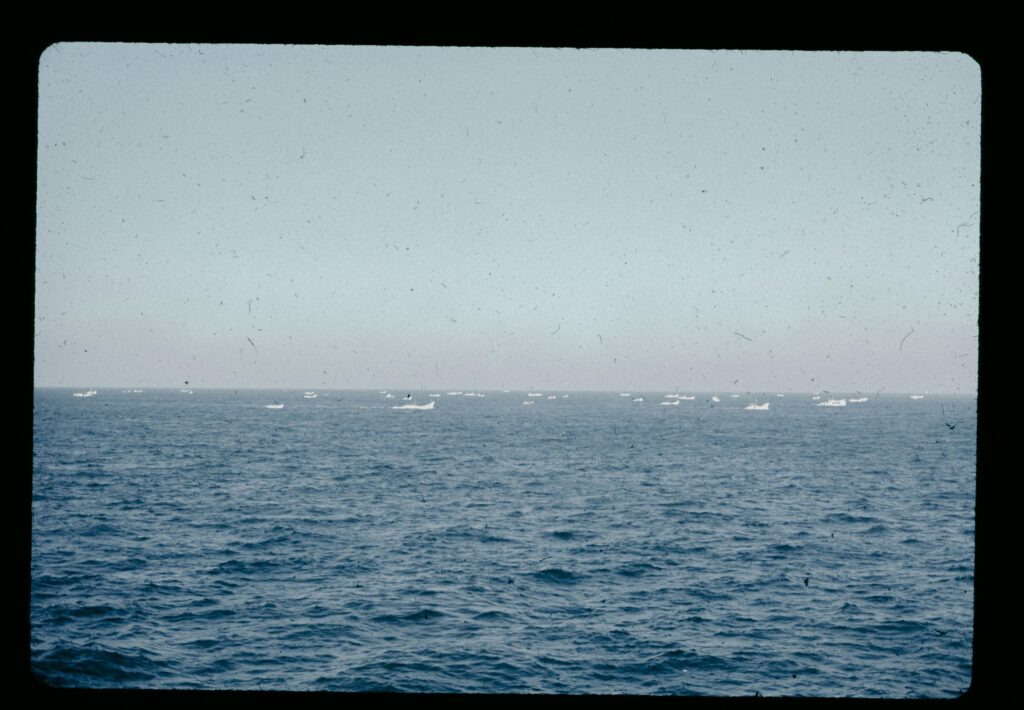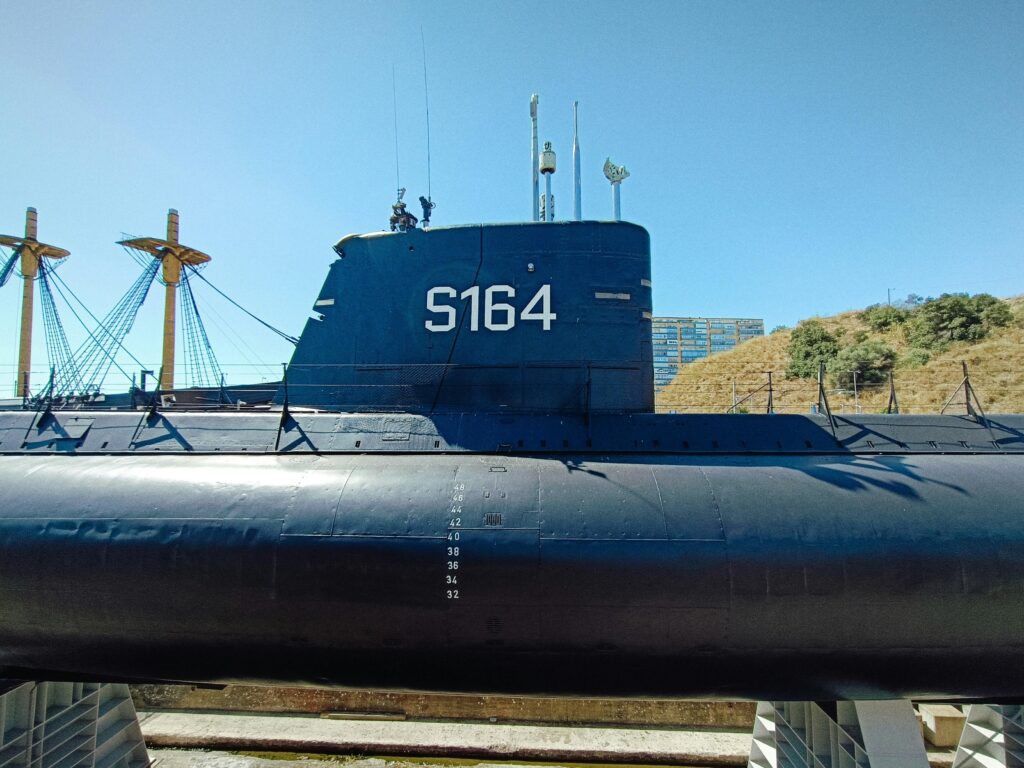Throughout history, the art of guerrilla warfare has woven itself quietly yet powerfully into the fabric of countless conflicts around the world. Often overshadowed by grand battles and sweeping campaigns of armies in the open field, these smaller, irregular tactics have turned the tide for underdogs and shaped the course of nations in subtle but profound ways. Join us on a friendly journey through time as we explore the fascinating evolution of guerrilla warfare—from ancient skirmishes in rugged terrain to the modern-day dance of unconventional strategies—revealing how ordinary people, armed with ingenuity and determination, have influenced the fate of empires and inspired generations to come.
Table of Contents
- Origins and Early Tactics of Guerrilla Warfare in Antiquity
- Evolution of Guerrilla Strategies Through the Medieval Period
- Key Figures Who Shaped Guerrilla Combat Techniques
- Modern Applications and Lessons from Historical Guerrilla Conflicts
- To Wrap It Up
Origins and Early Tactics of Guerrilla Warfare in Antiquity
Long before modern armies clashed on grand battlefields, small bands of fighters were already shaping the art of unconventional warfare in the ancient world. These early practitioners understood that strength wasn’t always found in numbers or heavy armor, but in surprise, speed, and intimate knowledge of the terrain. From the rugged hills of ancient Greece to the dense jungles of Southeast Asia, these warriors relied on hit-and-run tactics, ambushes, and sabotage to disrupt larger, more organized forces. Such tactics allowed them to level the playing field against vastly superior armies, turning their environmental challenges into strategic advantages.
Their approach often involved a blend of careful scouting, guerrilla-style raids, and psychological warfare designed to wear down the enemy’s will to fight. Key elements included:
- Mastery of local geography to orchestrate surprise attacks and swift retreats, often disappearing into the landscape before counterattacks could be mounted.
- Utilization of small, highly mobile units that could strike quickly and unpredictably.
- Psychological disruption through ambushes and sabotage, targeting supply lines and communication to destabilize the opponent.
Figures like the Illyrians and the Scythians epitomized these early guerrilla tactics, proving that agility and cunning could outmatch brute force. Their legacy would echo throughout history, influencing countless guerrilla leaders and shaping the very nature of warfare.
Evolution of Guerrilla Strategies Through the Medieval Period
During the medieval period, guerrilla tactics evolved significantly, influenced largely by the shifting political landscapes and technological advancements of the time. Unlike the tightly regimented battles typical of feudal armies, these small, agile bands operated best in rugged terrain—forests, hills, and moorlands—that traditional armies often found difficult to navigate. Their strategies hinged on mobility, surprise, and intimate knowledge of the local geography. Ambushes became an art form, designed not just to harass but to drain the enemy’s resources and morale over prolonged periods. The medieval guerrilla’s effectiveness was often tied to their ability to blend with local populations, striking swiftly then disappearing like shadows.
Key elements characterizing their approach included:
- Hit-and-run raids: Quick strikes aimed at supply lines and isolated troops, avoiding prolonged confrontation.
- Utilization of natural cover: Dense woods and mountainous regions offered ideal hideouts and routes for escape.
- Psychological warfare: Nighttime assaults and unpredictable attacks sowed fear, disrupting enemy plans.
The medieval guerrilla fighter was less about brute force and more about cunning and adaptation, traits that resonated through subsequent eras of asymmetric warfare and made their mark on military history.
Key Figures Who Shaped Guerrilla Combat Techniques
Throughout history, numerous visionaries have revolutionized guerrilla warfare by blending unconventional tactics with deep knowledge of their environments. Mao Zedong, for example, pioneered the concept of protracted people’s war, emphasizing the critical role of mobilizing local populations and using the terrain to outlast superior forces. Similarly, T.E. Lawrence, famously known as Lawrence of Arabia, crafted a new chapter in desert guerrilla strategy by harnessing swift, elusive raids that confused and demoralized Ottoman forces during World War I. Their innovative thinking not only carved paths to victory but transformed the very essence of asymmetric conflict.
Other key figures, such as Che Guevara and Vo Nguyen Giap, continued this legacy by blending ideological resolve with ruthless determination. Guevara’s guerrilla campaigns in Latin America emphasized small-unit mobility and psychological warfare, inspiring revolutionary movements worldwide. Meanwhile, Giap masterminded the Viet Minh’s persistent resistance against colonial and later superpower forces, proving that unwavering spirit and strategic patience could topple empires. Their lessons resonate in military doctrines today, reminding us that guerrilla warfare is as much a battle of minds and hearts as it is of arms.
- Mao Zedong: Architect of protracted people’s war and revolutionary resilience.
- T.E. Lawrence: Master of desert hit-and-run tactics and tribal alliances.
- Che Guevara: Symbol of revolutionary guerrilla warfare and ideological commitment.
- Vo Nguyen Giap: Strategic genius behind Vietnam’s enduring resistance.
Modern Applications and Lessons from Historical Guerrilla Conflicts
Throughout history, guerrilla tactics have proven remarkably adaptable, finding relevance in even the most technologically advanced battlefields today. Modern insurgencies and resistance movements continue to draw from the ancient playbook of hit-and-run attacks, ambushes, and leveraging local terrain knowledge. These methods underscore a timeless truth: knowledge of the environment combined with the element of surprise can turn the tide against larger, more conventional forces. From urban centers to dense jungles, guerrilla warfare thrives by blending with civilians and sustaining prolonged campaigns rather than seeking immediate victory.
Today’s military strategists and policymakers glean important insights from historical conflicts, emphasizing several key lessons:
- The power of popular support: Control over the hearts and minds of the populace often determines success or failure.
- Flexibility over rigidity: Guerrilla fighters adapt swiftly, turning setbacks into opportunities.
- Small units, big impact: Decentralized commands enable rapid decision-making and enhanced survivability.
These principles have shaped not only military doctrines but also approaches to counterinsurgency, where winning peace is as crucial as winning battles. Ultimately, the echoes of guerrilla warfare throughout history serve as a reminder that unconventional strategies wield lasting influence in shaping the course of conflicts worldwide.
To Wrap It Up
As we draw this friendly expedition through the annals of guerrilla warfare to a close, it becomes clear that this form of conflict, though often shadowed by the chaos of conventional battles, has shaped nations and stirred the course of history in profound ways. From the dense jungles of ancient times to modern-day struggles, the resourcefulness, resilience, and determination of those engaged in guerrilla tactics remind us that history is not only written by grand armies but also by the nimble and the bold. May this journey inspire a deeper appreciation for the courage and ingenuity woven into the fabric of our shared past. Until our next historical adventure, keep the spirit of curiosity alive and continue exploring the rich tapestry of human experience.




